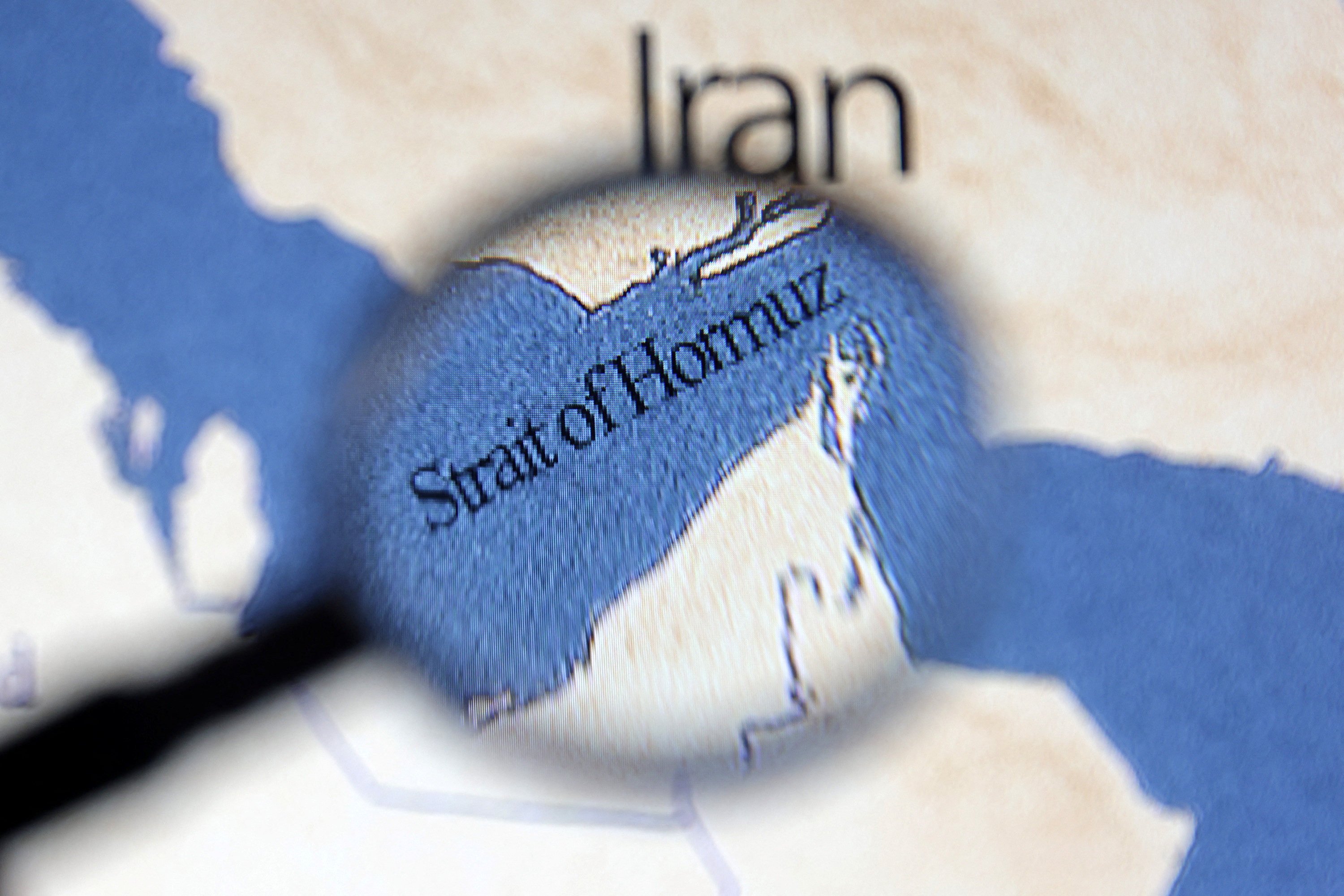Why Strait of Hormuz matters – and what a blockade could mean for China, Asia
As the US joins Israel’s war with Iran, Tehran threatens to block strategic waterway – risking global energy and trade crisis

Iran’s parliament has approved a measure to close the Strait of Hormuz after the United States launched military strikes on its nuclear facilities over the weekend. The final decision rests with the country’s Supreme National Security Council and Supreme Leader Ayatollah Ali Khamenei – but the move has already deepened fears for the global energy trade.
In this explainer, we examine why this matters and what the implications of a blockade would be.
Unhandled type: h4 {“type”:”h4″,”children”:[{“type”:”strong”,”children”:[{“type”:”text”,”data”:”Where is the Strait of Hormuz? Why is it so critical?”}]}]}
The Strait of Hormuz is a narrow, 33-kilometre chokepoint between the Persian Gulf and the Gulf of Oman that handles roughly 20 per cent of global oil and gas flows, according to data from the US Energy Information Administration.
In 2024, an estimated 84 per cent of the crude oil and condensate and 83 per cent of the liquefied natural gas that moved through the Strait of Hormuz went to Asian markets.
China, India, Japan and South Korea were the top destinations in Asia, accounting for a combined 69 per cent of all crude oil and condensate flows passing through the strategic waterway.
These markets would likely be most affected by any disruptions to supply.
China is the world’s largest oil importer, purchasing over 70 per cent of its supplies from abroad, having surpassed the US for that title in 2017. And about half of this oil comes from the Middle East.
Unhandled type: h4 {“type”:”h4″,”children”:[{“type”:”strong”,”children”:[{“type”:”text”,”data”:”Has the Strait of Hormuz been closed before?”}]}]}
The Strait of Hormuz has never been fully blocked, but it has been disrupted several times. These include attacks on tankers during the Iran-Iraq war in the 1980s, heightened tensions between the Iranian and US navies in 2007, and the 2023 seizure of the Chevron-chartered Advantage Sweet crude tanker by Iranian troops.
Unhandled type: h4 {“type”:”h4″,”children”:[{“type”:”strong”,”children”:[{“type”:”text”,”data”:”What could be the worst-case scenario?”}]}]}
Goldman Sachs analysts said in a research note on Sunday that a sustained and large-scale disruption of energy supplies passing through the Strait of Hormuz would likely push oil and European natural gas prices above US$110 per barrel and €100 (US$115) per megawatt hour.
“While the events in the Middle East remain fluid, we think that the economic incentives, including for the US and China, to try to prevent a sustained and very large disruption of the Strait of Hormuz, would be strong,” they added.
George Saravelos, head of foreign exchange research at Deutsche Bank, said in a report on June 14 that the worst-case scenario – complete disruption to Iranian oil supplies and a closure of the Strait – could lead to oil prices rising to above US$120 per barrel.
“Although oil facilities were also not targeted in previous rounds of hostilities, the market cannot ignore the possibility that a cycle of escalation incurs disruption,” he added.
Nigel Green, CEO of financial advisory giant deVere Group, said in a note issued on Sunday that some analysts “now warn that crude could spike toward US$130 per barrel”, depending on Tehran’s next move.
“Such a price shock would filter through to global inflation, which remains elevated and/or sticky in many regions,” he added. “Market participants had been pricing in rate cuts from central banks, including the Federal Reserve, in the second half of the year. That is now in question.”